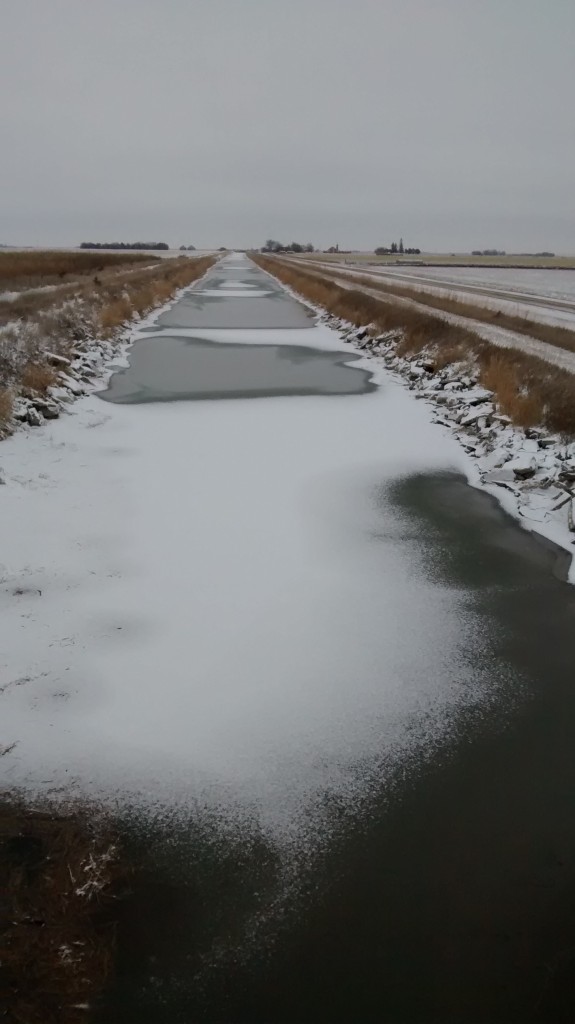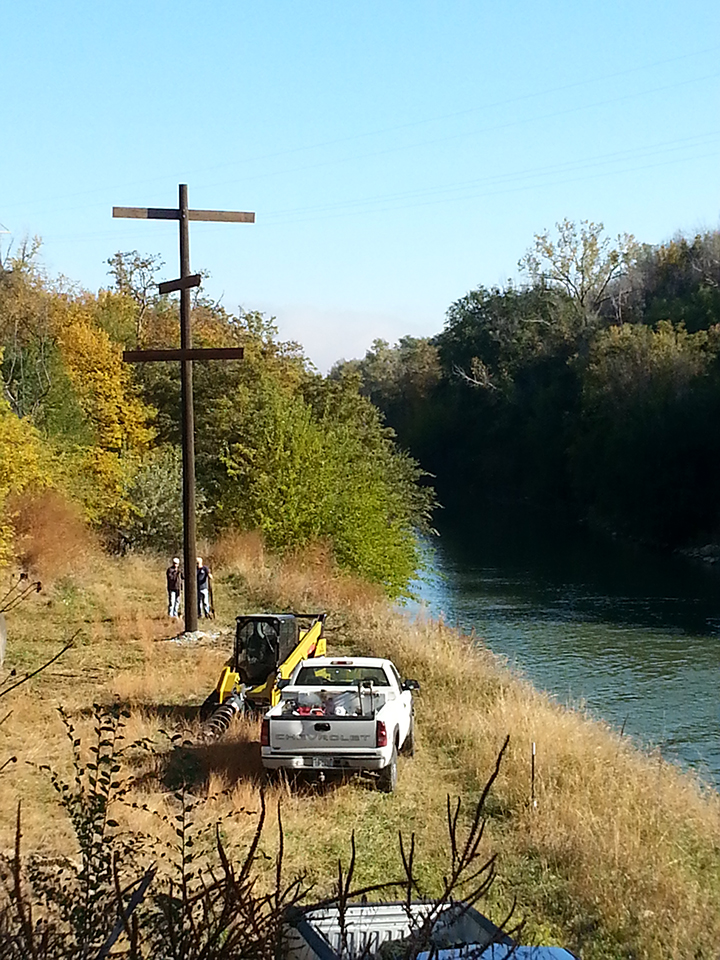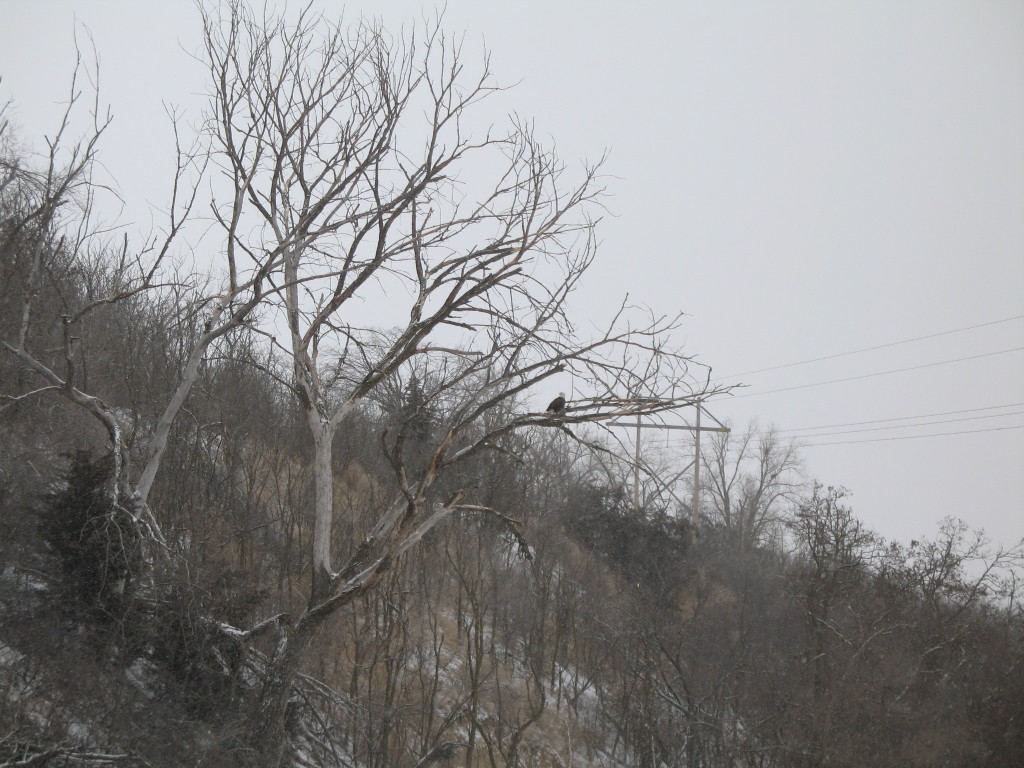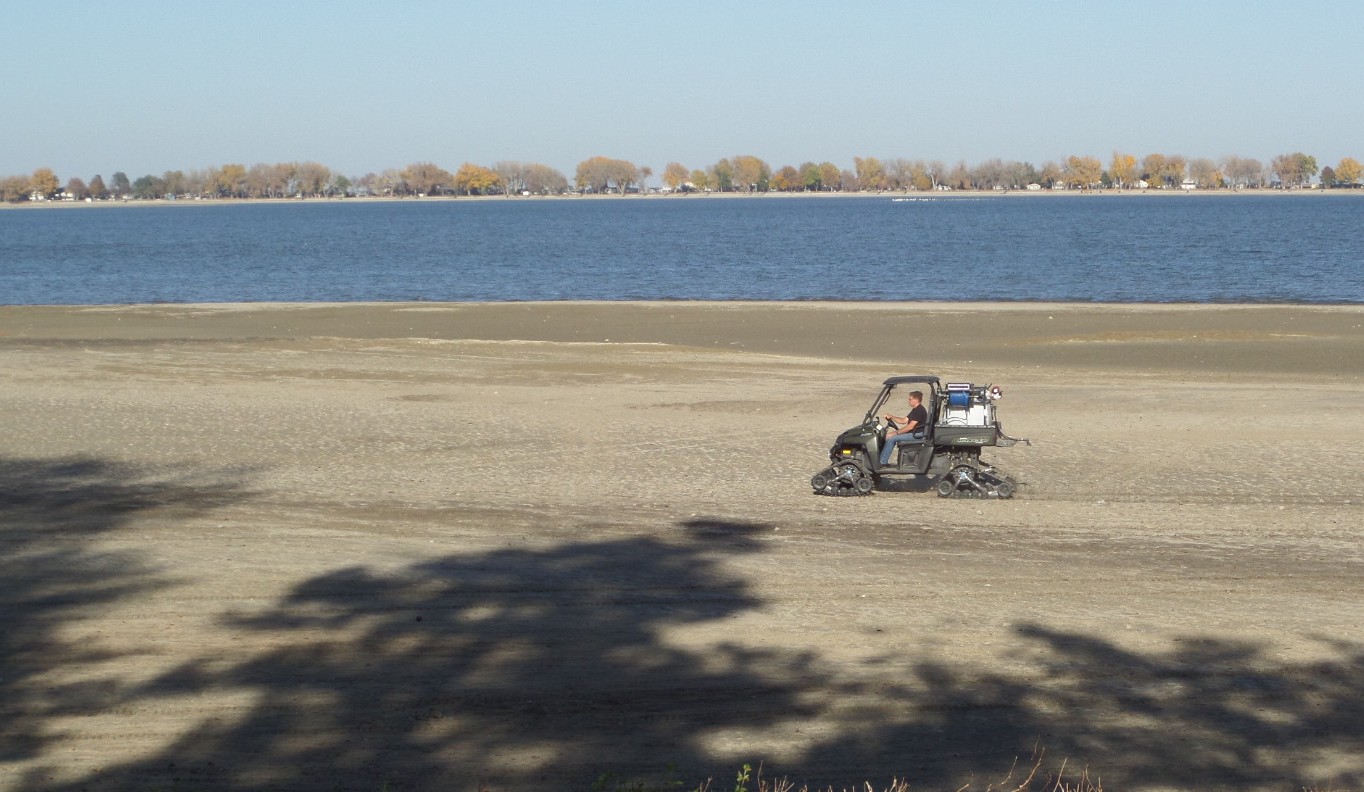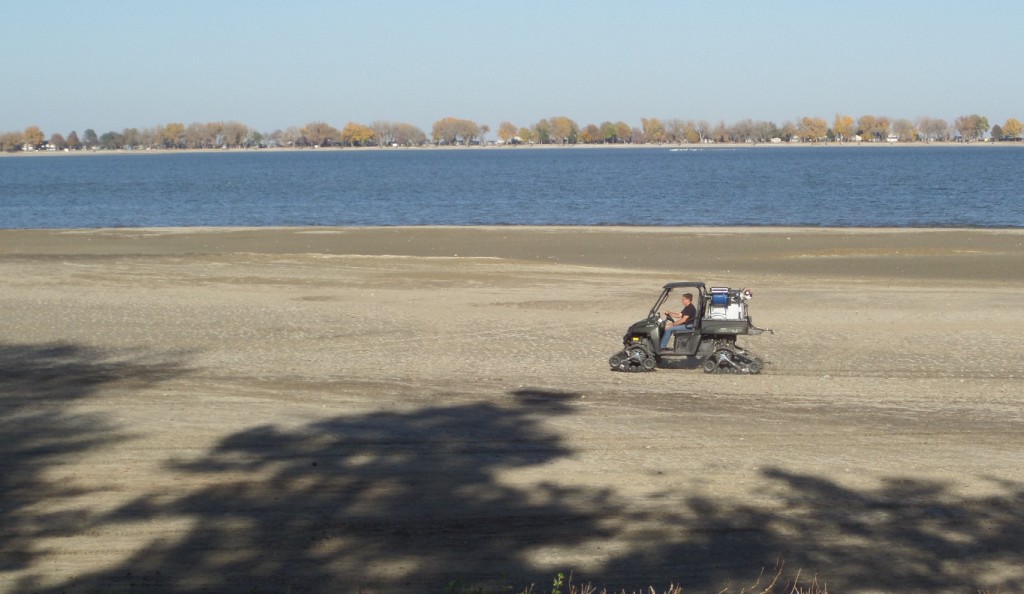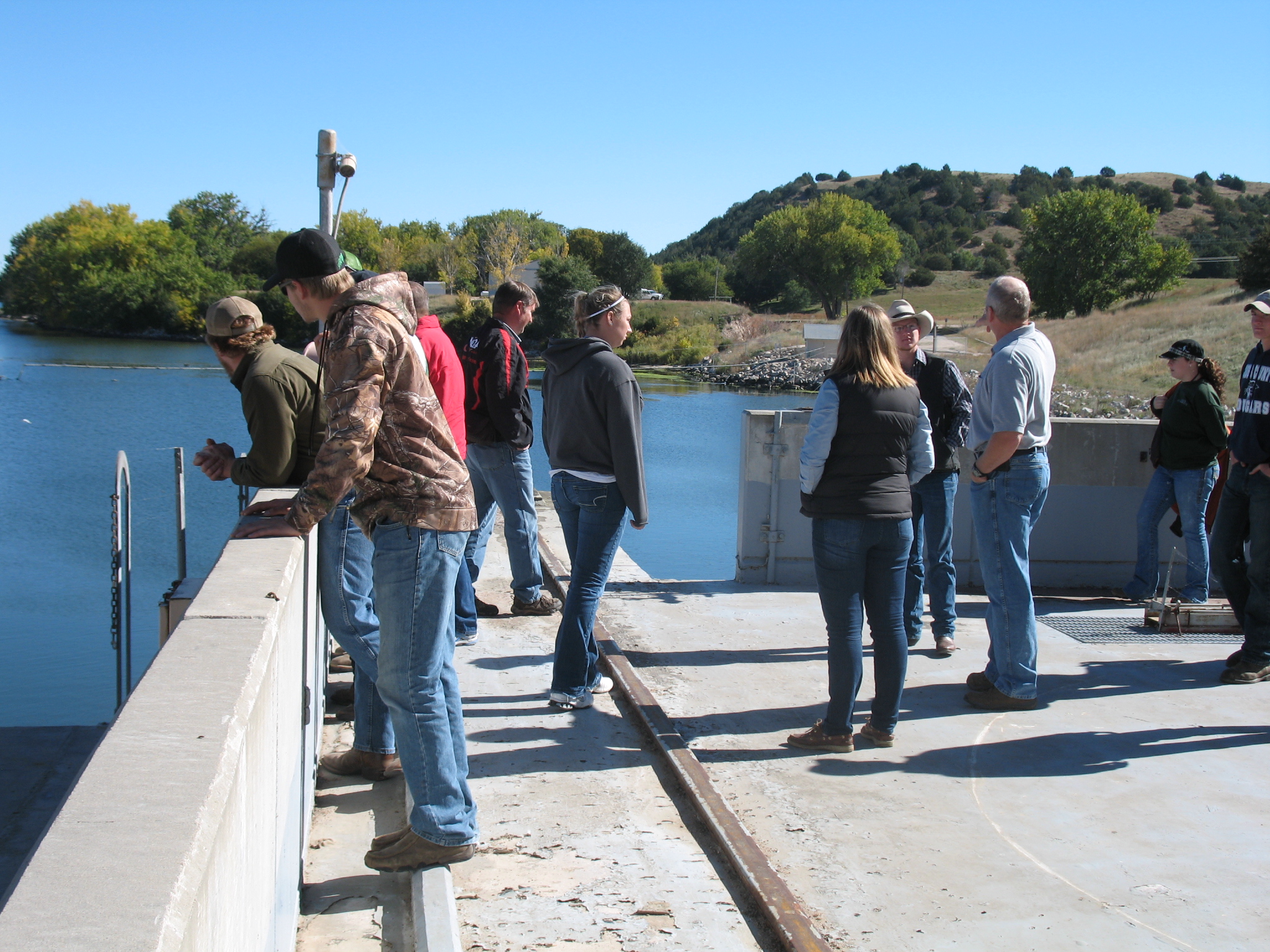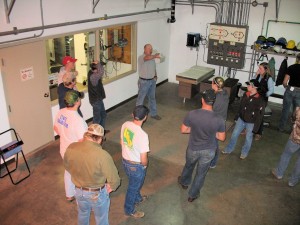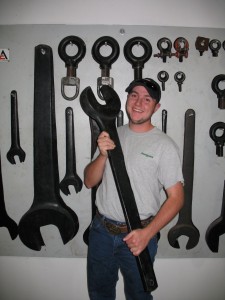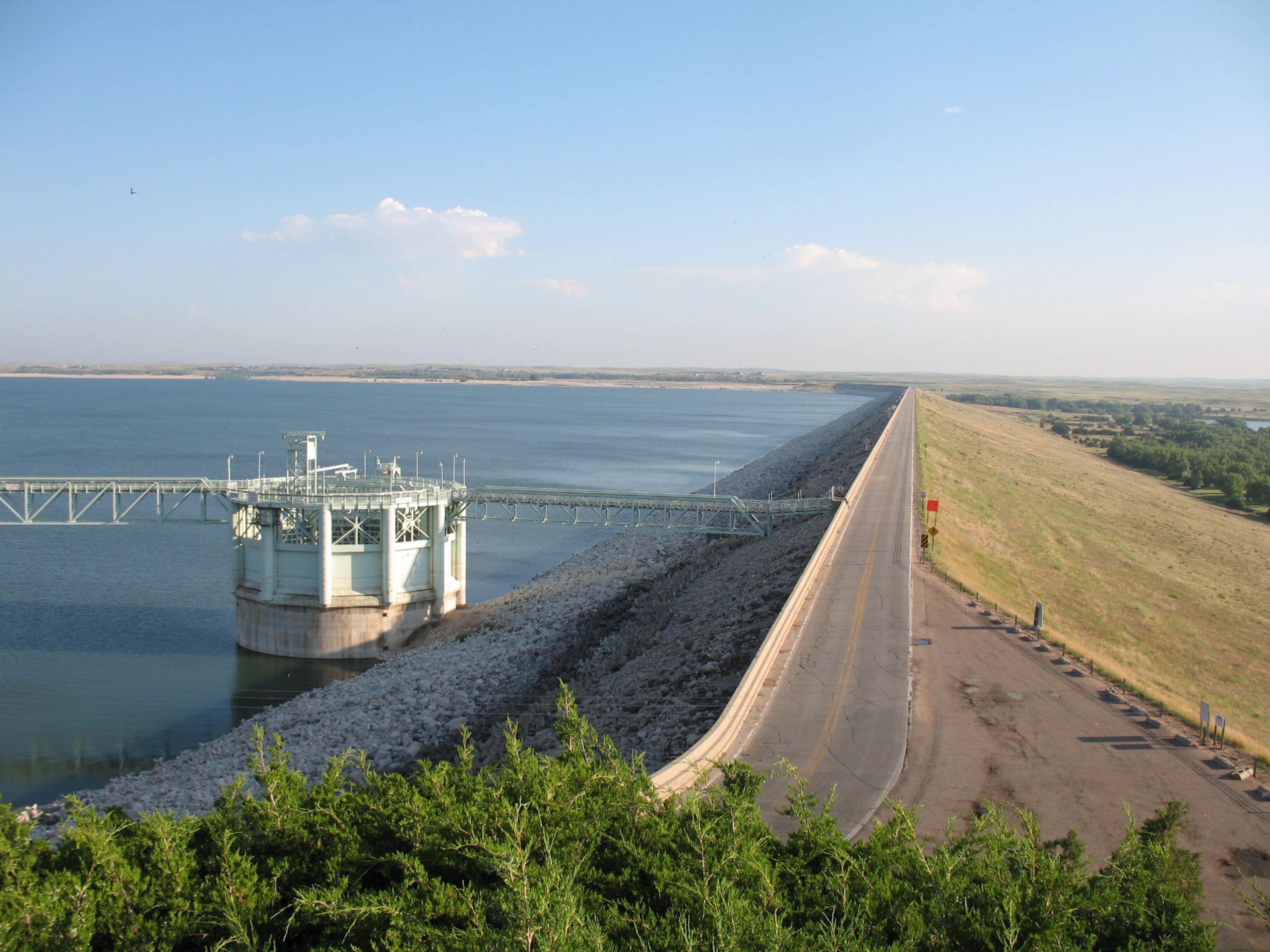The following story was originally printed in the Gothenburg Times.
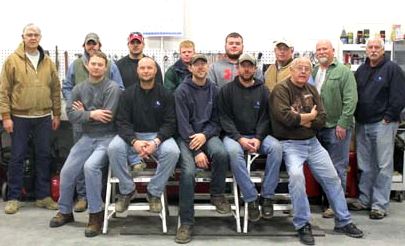
DEPENDABLE DONORS: There are 16 employees at the Gothenburg office of Central Nebraska Public Power & Irrigation District that regularly donate blood to the American Red Cross. CNPP&ID allows employees to take an hour leave to give when the Bloodmobile comes to town. Givers include, l-r: Front—Jake Sitorius, Matt Ostergard, Mike Koubek, Jeramy Hendricks, Doug Viter; Back—Tom Holm, Blake Munster, Dustin Ehlers, Scott Peterson, Ethan Lambert, Scott Wolf, Lonnie Warner and Mark Peyton. Not pictured: Jon Herrick, Logan Ricley and Randy Walker.
CNPP&ID employees donate blood freely, regularly
Because blood is pumped throughout the body from the heart, the donation of blood to someone in need can be likened to giving a gift from the heart.
American Red Cross officials describe the giving of blood as a gift of life.
Sixteen employees of Central Nebraska Public Power & Irrigation District see it that way too.
Since each of them started giving blood, they have collectively donated 838 pints of blood when the Bloodmobile stops in Gothenburg.
With about 60 people giving blood four times yearly, CNPP&ID contributions make up a fourth of the givers, said senior biologist Mark Peyton.
Amanda Koubek, American Red Cross account manager, said an organization like Central that allows its employees to donate during work time is monumental to the success of the Gothenburg Community Blood Drive.
“The patients that need life-saving blood products are grateful for their selfless donations over the years,” Koubek said.
Doug Viter was 22 when he first gave blood. At the time, he was working at Central on a bridge crew.
When he first started the job in 1966, other members of the bridge crew, like Lloyd Streeter, Elmer Dyer, Aaron Olson and Louis Trimble, encouraged Viter to give.
He took their advice, donating blood for the first time in the former Gothenburg Times office which was where the present-day Sander Furniture and Gifts is located.
“I felt good about giving blood,” said Viter who is now 70 years old. “Anytime you can help someone, especially since there’s a blood shortage.”
Since Viter started giving, the canal superintendent has donated 123 pints of blood and is the longest-giving employee at Central’s Gothenburg office.
Peyton noted that Viter strives to be the first donor, showing up at the Bloodmobile 20 minutes early.
 Viter added that after giving blood, he eats “the best” soup, sandwiches and cookies and visits with other donors.
Viter added that after giving blood, he eats “the best” soup, sandwiches and cookies and visits with other donors.
Lonnie Warner, who started out working on the bridge crew with Viter, is now a heavy equipment operator at Central. He first gave blood in 1977.
Warner was a senior at Gothenburg High School when the Bloodmobile came to the school and set up their equipment in a hallway.
The next year, he began working at Central and to date, has donated 140 pints.
“My dad, Ben Warner, used to give blood and he was an example for me,” the general maintenance worker said. “It’s something now that I’ve always done.”
Donating blood helps other people.
“Everyone should do it if he or she is able,” Warner said. “You never know when you’re going to need blood for yourself or for a family member.”
Warner missed a year of giving when he broke his leg but has given consistently before and after the accident.
He added that he encourages the employees who work with him to donate blood.
“I think it’s awesome that so many guys from Central do it,” Warner said.
Central employees had the experience of helping a colleague 38 years ago when Leonard France had a bleeding ulcer.
France, who was an electrical supervisor, now works part-time for district.
When France needed 76 units of blood in 1977, Peyton said France was told he could pay for it or replace what he took.
Central employees district wide took it upon themselves to give blood for their co-worker and donated five more pints than what France needed.
Central’s newest employee, Dustin Ehlers, has given blood (four pints to date) for about a year.
Last April, Ehlers said he was encouraged by Warner and told that giving blood helps others.
“Before then, it was never brought up,” he said. “It would be cool to see just who it helps.”
[email protected]
308-537-3636

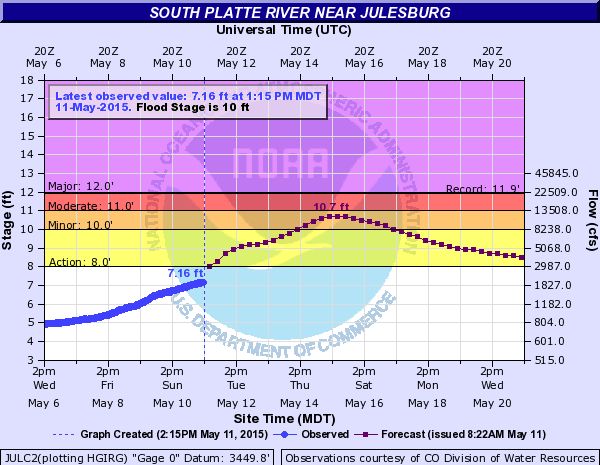

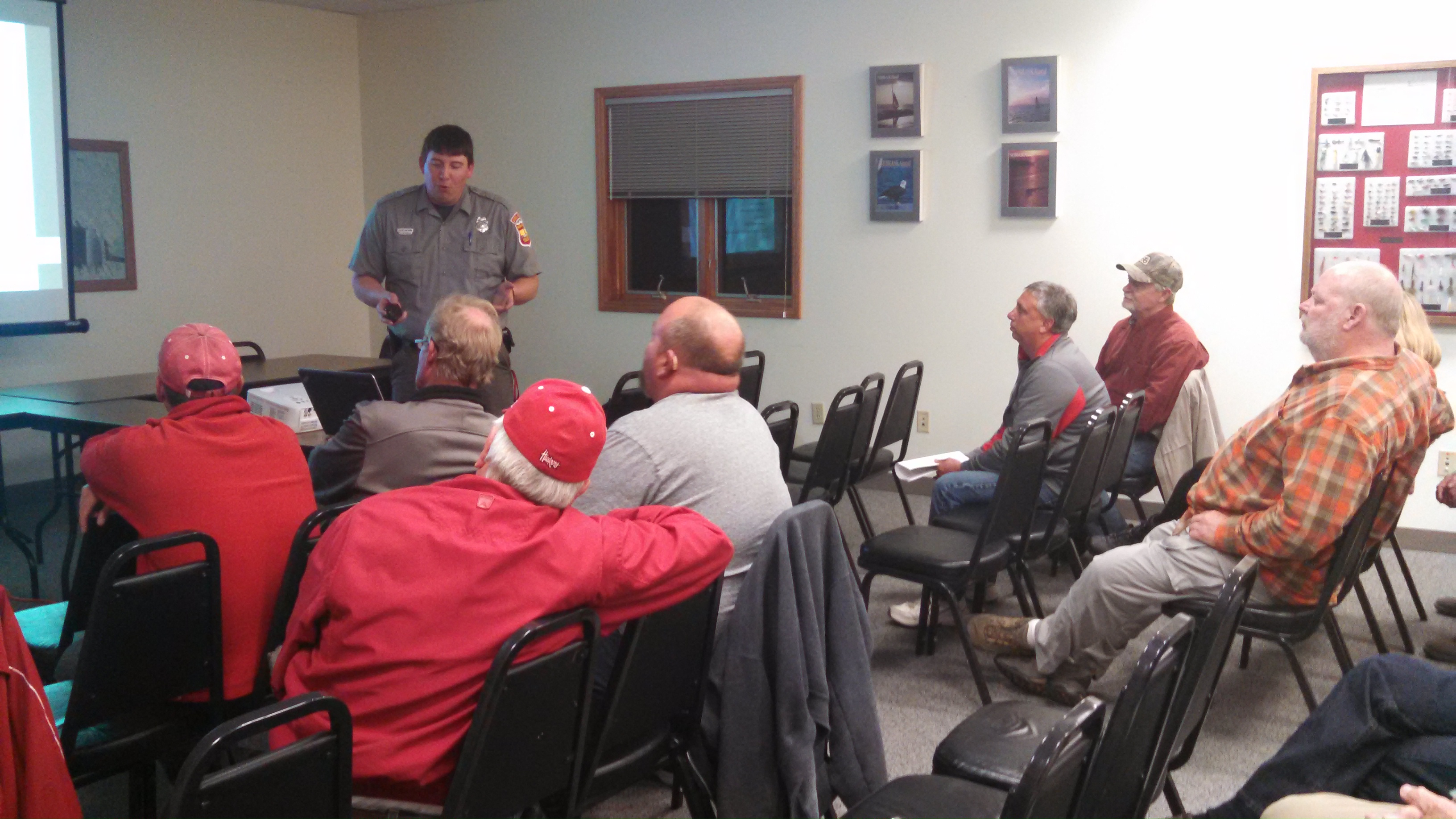


 Viter added that after giving blood, he eats “the best” soup, sandwiches and cookies and visits with other donors.
Viter added that after giving blood, he eats “the best” soup, sandwiches and cookies and visits with other donors.

